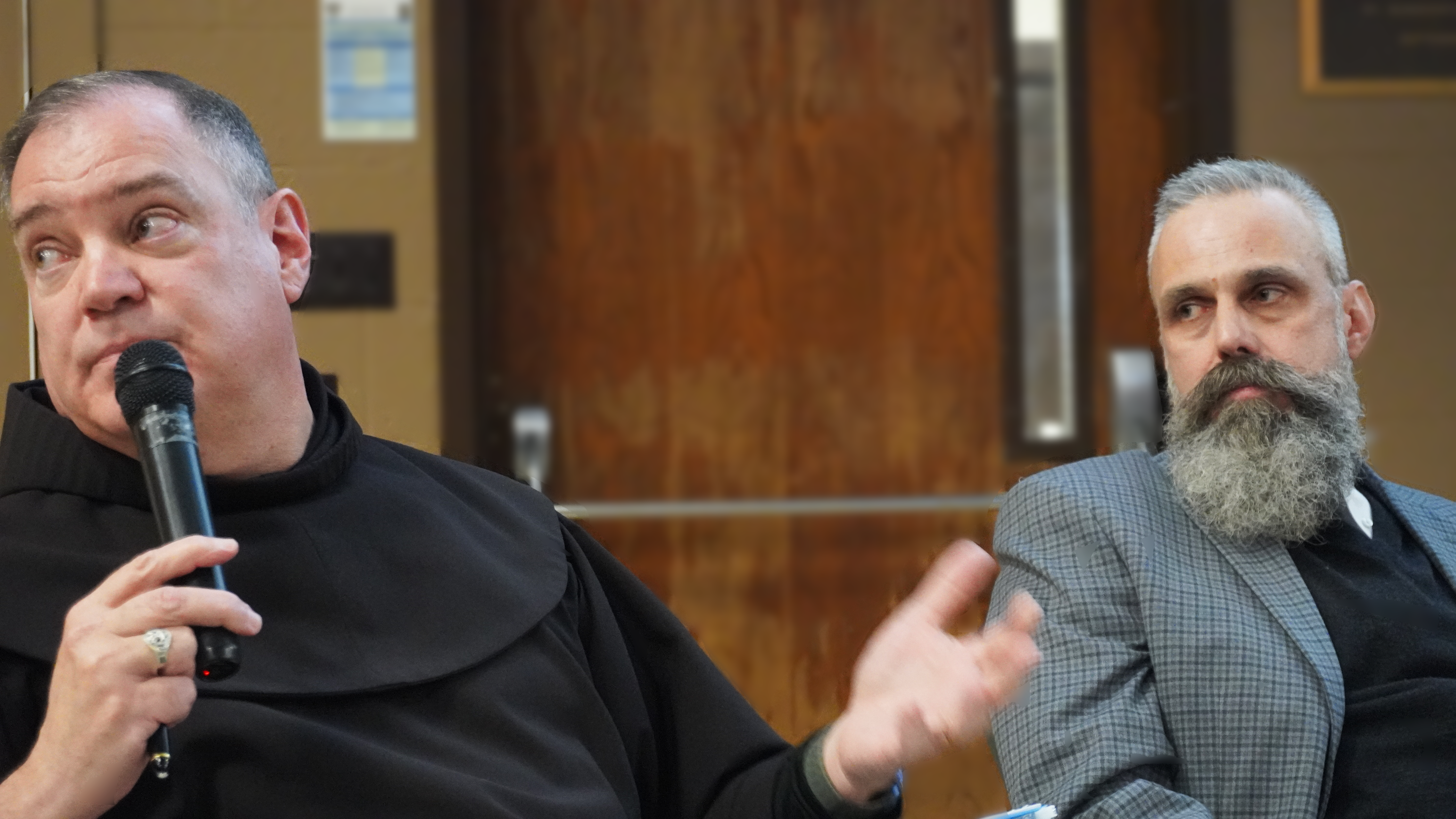By Lian Bunny
News Editor
St. Bonaventure University generated $144.5 million in regional economic impact – money spent in the surrounding community – in 2013, according to the Commission on Independent Colleges and Universities’ (CICU) analysis.
This report includes an output impact of nearly $124 million and a $20.5 million impact of students and visitors to campus.
The $124 million includes St. Bonaventure’s actual spending during 2013, $56.5 million, which includes payroll and other operating costs. The university employs approximately 425 full-time faculty and staff. It also includes additional amounts to account for construction spending, spending in the area by students and visitors to the university, and estimated personal, state and local tax revenues, according to Brenda L. McGee, senior vice president for finance and administration.
This report shows a $5.1 million increase from 2011. The analysis is conducted every two years.
Kyle Horton, an employee for Olympia Sports in Olean, said, “I’d say we get quite a few Bonaventure kids in [the store]. The majority of them come from the girls’ basketball team, but in general having the campus in the area really benefits our store.”
The Center for Governmental Research’s (CGR) economic analysis showed that independent colleges and universities in New York State are responsible for $74.3 billion of the state’s economy in 2013. This is an $11.1 billion increase from 2011.
The study also revealed an overall economic impact of $1.4 billion from institutions in the Western New York region, including St. Bonaventure, Canisius, D’Youville, Daemen, Hilbert, Houghton, Medaille, Niagara, Trocaire and Villa Maria.
New York’s independent colleges and universities (private, not-for-profit) directly employ 190,500 New Yorkers, with employees’ taxes totaling $1.9 billion, according to the CGR. The report also estimates the independent sector is responsible for another 203,900 indirect or induced jobs, with tech spinoffs adding another 12,200 jobs. This makes independent colleges and universities a significant source of employment and revenue for New York State.
Additionally,New York’s independent, not-for-profit colleges and universities spent $4.5 billion through students and visitors.
CICU president Laura L. Anglin said New York State depends on higher education institutions to educate as well as further economic growth.
The independent sector of higher education graduated 51 percent of the bachelor’s degrees, 71 percent of the master’s degrees and 80 percent of the doctorate and professional degrees earned in New York State in 2012-13, according to data from the National Center for Education Statistics, Integrated Postsecondary Education Data System (IPEDS).
However, St. Bonaventure enrollment numbers are dwindling.
Nonetheless, McGee thinks the increase in St. Bonaventure spending is beneficial. She sees the money as more of an investment for the future.
“Our total estimated spending includes estimates for a number of expenditures,” McGee said. “Noted among such estimates are figures related to construction and investment in the university. Our overall expenditures are made in the context of available revenues. Thus, expenditure growth alone is not a full measure of institutional finances. We have implemented many renovations and investments in the university physical plant, which is indeed a good thing.”





